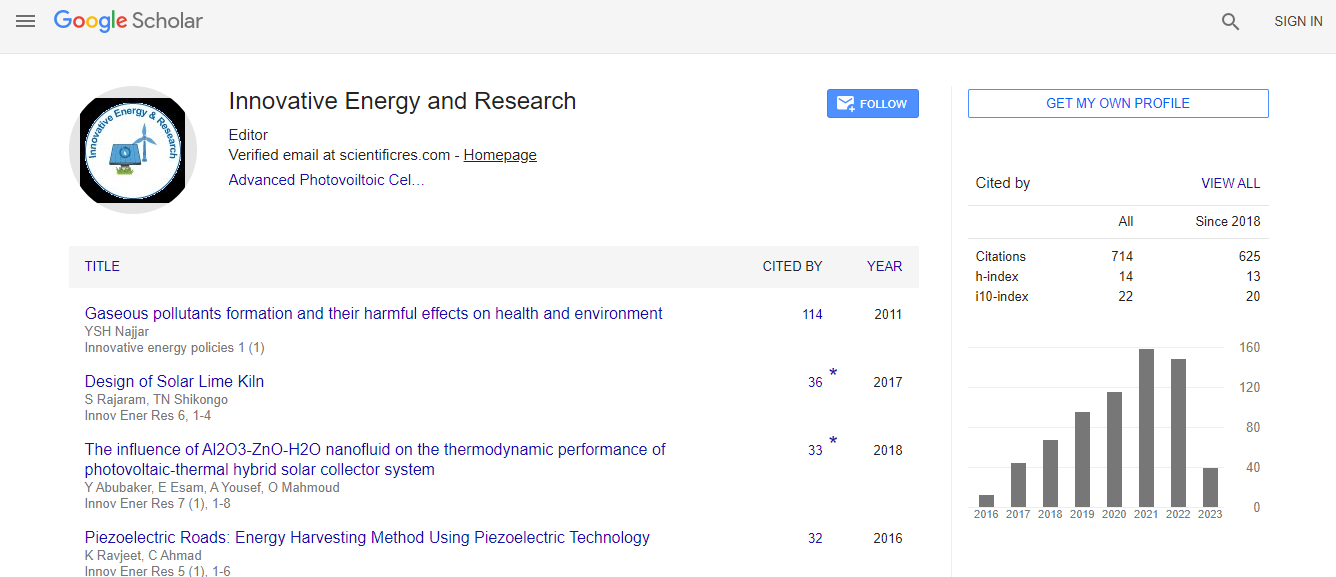Review Article
An Overview of the Application of Hydrodinamic Cavitation for the Intensification of Wastewater Treatment Applications: A Review
Dindar E*Uludag University, Faculty of Engineering, Department of Environmental Engineering, 16059 Görükle, Bursa, Turkey
- *Corresponding Author:
- Dindar E
Uludag University, Faculty of Engineering
Department of Environmental Engineering
16059 Görükle, Bursa, Turkey
Tel: 00902242940919
E-mail: efsun@uludag.edu.tr
Received date: May 24, 2016; Accepted date: June 03, 2016; Published date: June 10, 2016
Citation: Dindar E (2016) An Overview of the Application of Hydrodinamic Cavitation for the Intensification of Wastewater Treatment Applications: A Review. Innov Ener Res 5:137. doi: 10.4172/ier.1000137
Copyright: © 2016 Dindar E. This is an open-access article distributed under the terms of the Creative Commons Attribution License, which permits unrestricted use, distribution, and reproduction in any medium, provided the original author and source are credited.
Abstract
Cavitation is a specific phenomenon in a liquid if any changes occur in the pressure field over time and distance. The effects of cavitation have become very useful in supporting chemical processes in the environmental protection technologies, especially in technologies related to the decomposition of substances particularly harmful to humans and his immediate surroundings. Cavitation can be realized by alterations in the flow and pressure (hydrodynamic cavitation). In hydrodynamic cavitation, flow geometry is changed in such a way that the kinetic energy increases at the expense of local liquid pressure, which can make cavities depending on the vapor pressure of the liquid. Traditional treatment methods do not always produce the expected results. There exists a certain group of organic non-biodegradable pollutants, having toxic, mutagenic, or carcinogenic properties. In the current literature there are many studies related to hydrodinamic cavitation and the use of associated processes in water and effluent treatment technologies.

 Spanish
Spanish  Chinese
Chinese  Russian
Russian  German
German  French
French  Japanese
Japanese  Portuguese
Portuguese  Hindi
Hindi 
